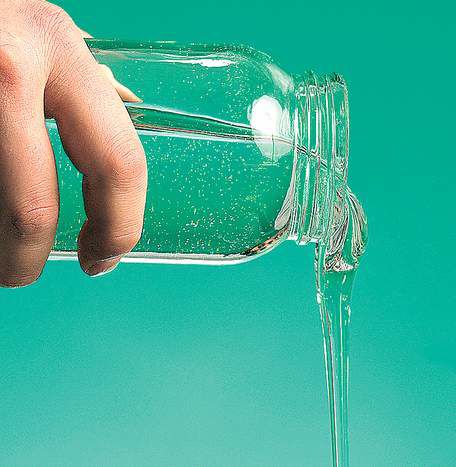High-fructose corn syrup may get sweetened name
Published 5:00 am Wednesday, September 15, 2010

- High-fructose corn syrup is misunderstood by the public, according to the Corn Refiners Association. It believes “corn sugar” would better communicate the product's nutritional value, which most leading scientists say is roughly on par with that of regular sugar.
Would high-fructose corn syrup, by any other name, have sweeter appeal?
The Corn Refiners Association, which represents companies that make the syrup, thinks it would. The group petitioned the Food and Drug Administration on Tuesday to call the ingredient “corn sugar,” arguing that a name change was the only way to clear up consumer confusion about the product.
Trending
“Clearly the name is confusing consumers,” said Audrae Erickson, president of the group, which is based in Washington, in an interview. “Research shows that ‘corn sugar’ better communicates the amount of calories, the level of fructose and the sweetness in this ingredient.”
Although food label changes are not common, the FDA has permitted name changes before. The ingredient first called “low erucic acid rapeseed oil” was changed to “canola oil.” More recently, the FDA allowed prunes to be called “dried plums.”
According to the market research firm the NPD Group, about 58 percent of Americans say they worry that high-fructose corn syrup poses a health risk. The public perception of high-fructose corn syrup as unhealthful has prompted many food companies to stop using it in their products. Among those items that no longer include it are Hunt’s Ketchup, Ocean Spray Cranberry Juice and Wheat Thins crackers.
Most leading scientists and nutrition experts, however, agree that the effect of high-fructose corn syrup on health is no different from that of regular sugar.
Marion Nestle, a professor in New York University’s department of nutrition and a longtime food industry critic, says Americans consume too much of all types of sugar.
“I’m not eager to help the corn refiners sell more of their stuff,” Nestle, who has a doctorate in molecular biology, wrote in an e-mail. “But you have to feel sorry for them. High-fructose corn syrup is the new trans fat. Everyone thinks it’s poison, and food companies are getting rid of it as fast as they can.”
Trending
Nestle says the proposed change is reasonable, although she thinks the plural “corn sugars” is a better description of high-fructose corn syrup, which is actually a mixture of two sugars, glucose and fructose.
Michael Jacobson, executive director of the health advocacy group Center for Science in the Public Interest, said he thought the term “high-fructose corn syrup” had misled many into thinking the sweetener was composed mainly of fructose, a simple sugar found in honey and fruit.
“Sugar and high-fructose corn syrup are nutritionally the same,” said Jacobson, who has a doctorate in microbiology. “I don’t know if ‘corn sugar’ is the best term, but it’s better than ‘high-fructose corn syrup.’”
High-fructose corn syrup, which came into widespread use in the 1970s, is not particularly high in fructose. The ingredient was so named to distinguish it from ordinary, glucose-containing corn syrup.
High-fructose corn syrup is made by using enzymes to turn the glucose in corn starch into fructose. Food makers liked the ingredient because compared with sugar, it has a lower freezing point and retains moisture better, which can make foods more chewy. And because the corn crop in the United States is heavily subsidized, high-fructose corn syrup is also cheap.
The FDA has six months to respond to the petition to change the name, but a final decision could take as long as two years.








